Why Quality Assurance Inspection is so Crucial to Getting the Roof You Specified
After serving almost 3 decades in the roofing industry, I am still amazed at the number of building owners, architects and developers who still have not learned their lesson regarding the importance of having quality assurance inspections performed whenever they purchase a new roofing system or have substantial maintenance work performed.
Does anyone reading this article not have a boss or someone they report to on a routine basis? Even the CEO reports to his Board, Stockholders and Bankers on a regular basis. So why would we assume it is realistic and intelligent to leave a crew of roofing laborers loose on our rooftop for weeks (or months) at a time without supervision?
Roofing is a labor intensive business. What separates the longevity of most roofing systems are not typically the roofing system materials, but more likely the quality of workmanship associated with the roofing system installation. The devil is in the details, and the details are not always clear. Due to the lack of quality roofing specifications that are associated with most premature roofing failures, it should be obvious that there are two things typically missing in cases where the roof performs poorly:
- Poorly written roofing specification packages and detail drawings
- Lack of sufficient (or any) quality assurance inspections during construction
Whose job is it to provide quality assurance inspection during the installation of an industrial / commercial roofing system? The answer is simple; it is the building owner’s responsibility. The contractor is typically concerned with getting the job done and making a profit. The manufacturer is usually less critical of the contractor on workmanship issues, since this contractor is likely a repeat customer and the supplier may never meet the building owner or view them as a primary customer.
Like most things that are built poorly or incorrectly at the outset, roofing systems rarely ever perform as well or last as long as their intended useful life without quality control during construction.
The economics supports this recommendation and makes a compelling argument for including quality assurance and project management services as part of every new roofing project. Since there services rarely ever add more than 10% to 15% to the overall cost of the roof, and the average life expectancy of a flat commercial roof is typically 10 to 15 years, then here is the payback equation:
If you can benefit from just a 10% to 15% increase in service life (1 to 2 years) then you have broken even on your inspection investment. However, if you can get the more typical 20 plus years of service life out of your commercial roofing system, then you have gotten a 5 to 10 times return on your investment. This is a great investment by any standard. Additionally during the service life of this better roof, you will have fewer expenses associated with having a dysfunctional roof (e.g. – interior building leak damage, damaged goods, damaged equipment, business interruption, mold, legal claims, etc.)
Isn’t it time to help ourselves in business? We have learned from past experience that there are really only two types of flat commercial / industrial roofing systems;
- Roofs that leak now
- Roofs that will leak in the future
If you want to achieve the maximum service life of your roofing system and greatly reduce the consequential damages and costs associated with having a problem roof on your building, consider including Quality Assurance Inspection services on your next project. You’ll be glad you did.
Brennen Baker
President – Moisture Management
bbaker@moisturemanagementllc.com
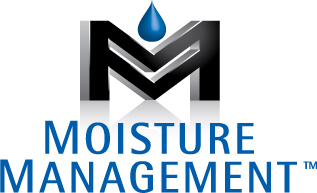

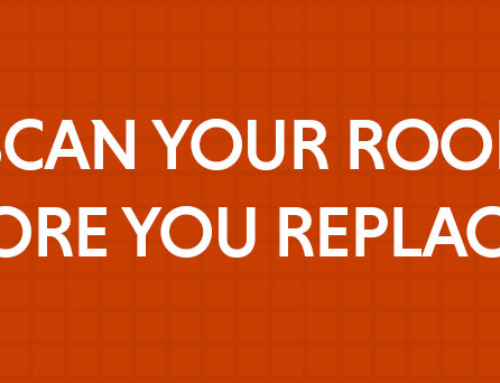
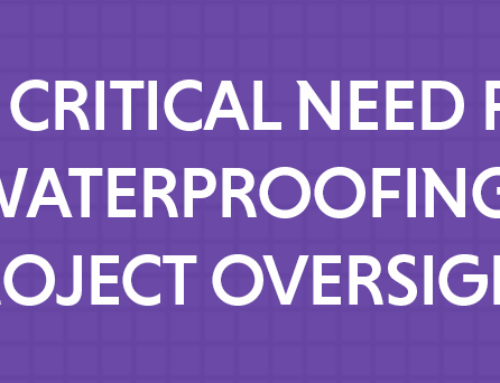
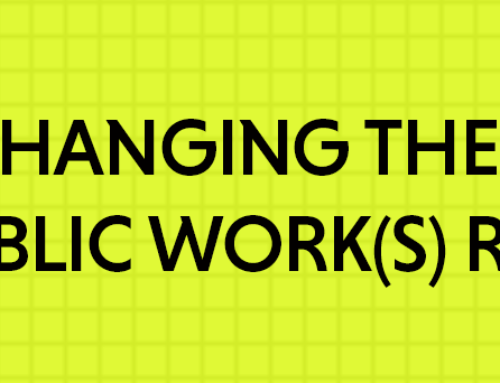
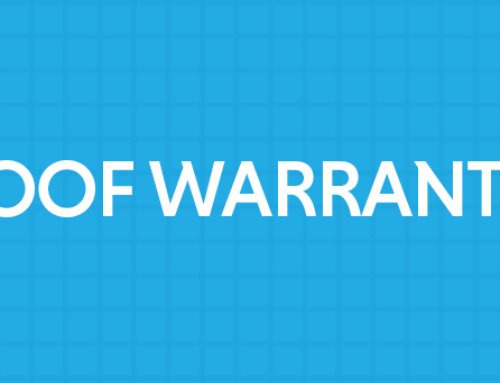
Leave A Comment
You must be logged in to post a comment.